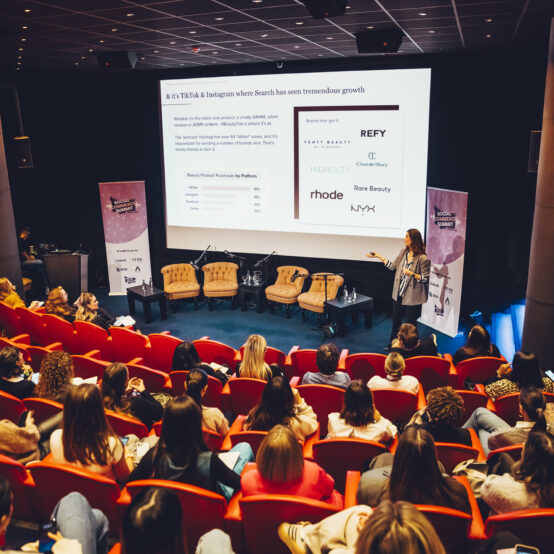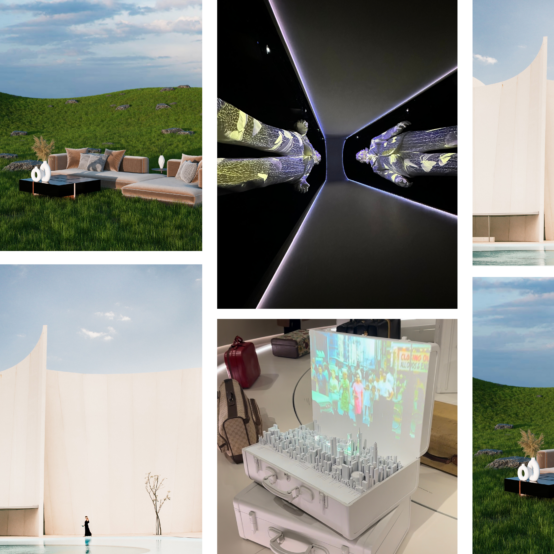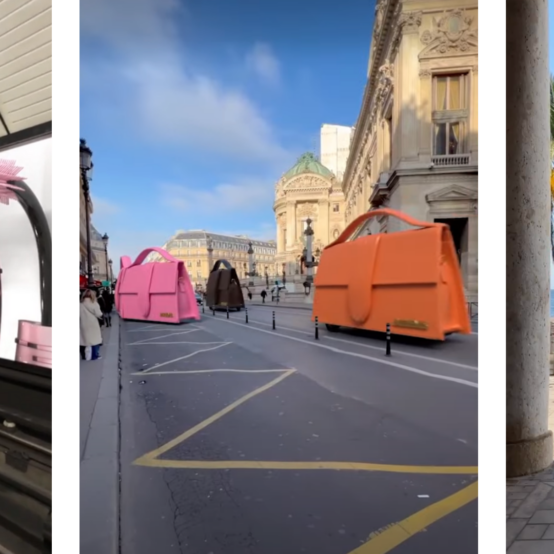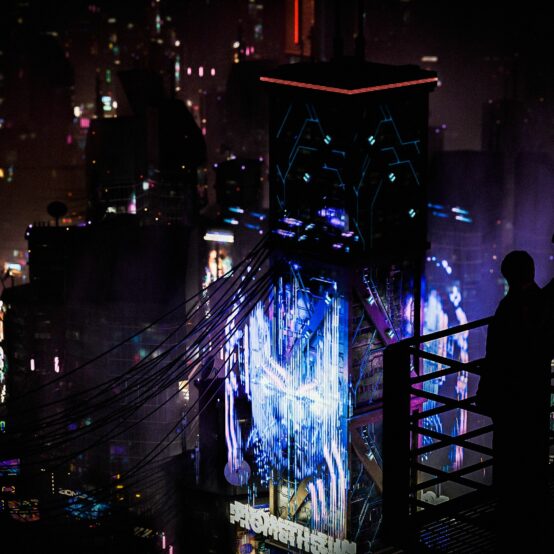A Beginner’s Guide to Surviving Web 3
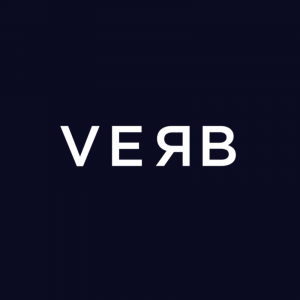
Reading time: 8 mins
Unless you’ve been hiding under a rock for the last year and a half, you’ve probably come across the terms ‘NFT’ and ‘Web 3’ in one context or another. They’re everywhere. In fact, you’d do well to survive a single day without hearing about the ‘boundless potential’ of blockchain technology.
So, what is all the hype about?
Given the relative infancy of Web 3, very little of its potential has actually been achieved yet. Most of what we’ve seen in the past two years is JPEGs of cartoon monkeys being sold for crazy sums and fluctuations in crypto to test the nerve of even the most stubborn Bitcoin fanatics.
In theory, Web 3 will become a new iteration of the internet; a decentralised and more secure version that uses Blockchain technology, machine learning and open-source programming to facilitate consumer empowerment. In time, Metaverses will be established to enhance the user experience across social media and gaming. Meanwhile, the traditional corporate model will be replaced by DAOs, whose decisions are made autonomously and automated by smart contract.
Simple, right?
Like with all new things, these concepts probably seem impossible to comprehend. But the reality is that they are not as complex as they seem and some of them aren’t even new ideas. They are just so rife with lingo and jargon that you struggle to see the wood for the trees.
Until now…
Welcome to the Beginners’ guide to surviving Web 3; a one-stop-shop for lingo, definitions and history that will help you get to grips with the space. We truly believe, if you can see beyond the smoke and mirrors, that Web 3 amounts to the single biggest technological intervention of our lifetimes and presents immense potential for individuals and brands alike. The purpose of this guide is to help unlock that potential so that you can start harnessing this new tech right away.

What is Web 1?
‘If you don’t know where you’ve come from, you don’t know where you’re going’– Maya Angelou
In order to understand Web 3, we need to first look at its predecessors. For lack of a better word, with each iteration, the web has become ‘smarter’. The user experience has become slicker, more adaptable and more personalised, and the internet’s hold on society has become more prevalent. Web 3 is not the end-point of this digital odyssey and we will continue to develop new platforms for digital learning, communication and expression for many years to come. For now though, let’s go back to where it all started…
Web 1 was the first iteration of the internet, introduced in 1989 by British physicist, Tim Berners-Lee. Its content was static, hyperlinked and read-only, meaning that there were no search engines, just web pages driven by web browsers. This was the first age of mass information, the dawn of the digital era! However, by today’s standards its uses were pretty limited. Importantly, the role of the user was only to absorb content, not to create it.
What is Web 2?
Hence the shift to Web 2 around about 2004. The advent of the read/write web permitted its users to simultaneously engage with websites and with one another. Platforms created algorithms to pull relevant content for users and online payments became possible at the click of a button.
This all coincided with the introduction of social media, most notably Facebook, that allowed users to become creators of their own content, share ideas and connect with people from all over the world. The web was no longer a static library but a platform on which new and innovative applications could be built.
What we didn’t realise at the time was that by signing up for these new applications, we were simultaneously signing away the ownership of our own data. Still today, businesses hold our data which can be used commercially, to push targeted products or services or even to manipulate public opinion. Cue Web 3…

What is Web 3?
Web 3 is a new age of communication. One that is much closer to the real-world experience of interaction, and one that returns ownership of data to the user. It is decentralised, which just means users can enter websites without being tracked. To ensure this, it uses Blockchain technology to encrypt and protect user data. But that’s not all.
The user experience is way more immersive. Users can surf the front end of the internet in 3D; seeing, hearing and feeling as an avatar (we’ll come to how this works later on- see Metaverse). Plus, huge steps in AI and language processing mean web technologies can understand information on a human-like level, drawing on an infinite pool of resources to provide faster and more relevant results.
Let us give you an example.
You’re looking after your daughter for the weekend and ask your computer for some suggestions. In an instant, the movie times at your local cinema are listed in order of proximity to your daughter’s historic film preferences, customer reviews and pricing. A list of local restaurant recommendations with availability in time to catch the adverts is also presented, with a single ‘book now’ button to confirm your reservation and have an Uber on standby 10 minutes after the film ends.
It’s pretty clever…
What are NFT (Non-fungible tokens)?
This is a big one. NFTs are critically important to Web 3 because they authenticate ownership of digital items. It basically is as simple as that. They are just digital assets stored on a blockchain- a ledger that tracks their ownership by keeping a record of all transactions and transfers.
Each NFT has a unique identification code that means they can easily be distinguished from one another. That’s why we say they are ‘non-fungible’. It just means that each one is unique.
At the moment, the most common use-case for NFTs is digital art. Most people are now aware of the Bored Ape Yacht Club (‘BAYC’). This is quite a typical example of an NFT collection, aside from the fact they are ludicrously expensive and sought-after! The artwork depicts 10,000 apes donning slightly different outfits and accessories (known as ‘traits’). The value of each NFT stems from the rarity of the traits it possesses. For example, only 0.42% of the BAYC collection wear black suits, making them very expensive indeed.
When an NFT collection is created, early birds have the option to ‘mint’. To do this, you need to head to the collection’s landing page and pay a certain (generally quite low) amount, in the blockchain’s native cryptocurrency. The NFT will then be uploaded to the blockchain and you will be listed as owner. Shortly after, it will be visible in your digital wallet. Easy as that.
‘Flipping’ refers to the act of minting an NFT and immediately selling it on after the project has sold out, generally at a tidy profit. Creators tend to dislike flipping because it detracts from the idea of community-building. They prefer ‘HODLers’. These are devoted community members who ‘hold on for dear life (HODL), and help promote the project’s longevity by doing so.
Different projects are minted on different blockchains, and different blockchains are compatible with different digital wallets. For the time being, this is just a fact of life. However, in time it will become possible to easily store all of your NFTs in the same place. This is just a minor teething problem of the technology.
The possibilities for NFT application go way beyond digital art. We are already seeing integration of the technology into the fields of medicine, music, wine, fashion and real estate to name a few. But we would argue their most important application of all is in an entirely new domain: the Metaverse.

What is The Metaverse?
In its most basic form, the Metaverse is a virtual 3D world where users can interact with each other and a computer-generated environment. This is to say that there could theoretically be a limitless number of interoperable Metaverses. At the moment, there are just a handful, notably Decentraland and Sandbox where users have bought ‘parcels’ (16m x 16m plots of land) at very inflated prices. This is where NFTs come in- they authenticate the user’s ownership of the land and all other in-game digital assets. Without them, none of this would be possible.
At first, the most expensive parcels were located near main roads or settlements. Now, it’s a bit more difficult to predict; for example, someone recently paid $450k for the parcel next door to Snoop Dogg’s!
These virtual worlds are beginning to replicate the world as we know it. Users are settling on land, trading and building virtual real estate. Plus, these places have their own currencies (SAND and MANA, respectively) and functioning economies. However, if the end goal is a virtual world that is indistinguishable from the real world, there is certainly some work to be done yet. Gameplay is still clunky and not particularly user-friendly, and there have been numerous cases of motion sickness when users play for more than 15 minutes at a time!

Has Web 3 and The Metaverse Arrived?
Earlier we mentioned that some of the Web 3 concepts aren’t even new and there is no better example of that than the Metaverse. In fact, the term was first cited all the way back in 1982 in Neil Stevenson’s novel, Snow Crash. In the book, which has become a cult classic, the Metaverse is depicted as a virtual world where characters escape from a dystopian reality. Upper class members of society use advanced tech to access the VR world, while others use public booths. Avatars occupy a futuristic and infinite high street, teeming with activities like amusement parks and entertainment complexes. This is eerily similar to what we are seeing today, though perhaps ‘dystopian reality’ is a bit strong…
However, the big four (Microsoft, Apple, Meta and Google) have all signalled their intent to stake a claim for the leading market share in the Metaverse. Perhaps the most blatant of these is Facebook’s (slightly on-the-nose) name change. One thing is certain, massive resources are being devoted towards Metaverse domination and as new tech floods the market and the big four leverage off one another, the snowball effect of development will be staggering. Estimates suggest one quarter of people will be spending at least an hour a day in the Metaverse by 2026. I believe this is a very conservative estimate.
We hope this has provided some insight into a beginners’ guide to surviving web 3. There is so much that remains to be seen in the space as pioneering brands and tech companies take little steps to make big splashes. The future is not certain and the manner in which Web 3 technology will affect different industries is still unclear. But if you do nothing else, be sure to watch this space. Change is coming…
How can we help?
We’re working with luxury brands to help them understand the opportunities of Web 3 and in some cases bring NFTs to life to support ecommerce offerings. Get in touch to understand more – our team are excited to bring ideas and the endless possibilities to fruition.

